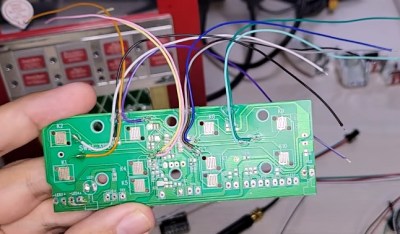Have you ever struggled with the concept of quantum measurement, feeling it’s unnecessarily abstract? You’re not alone. Enter this guide by [Mithuna] from Looking Glass Universe, where she circles back on the concept of measurement basis in quantum mechanics using a rather simple piece of calcite crystal. We wrote about similar endeavours in reflection on Shanni Prutchi’s talk at the Hackaday SuperConference in 2015. If that memory got a bit dusty in your mind, here’s a quick course to make things click again.
In essence, calcite splits a beam of light into two dots based on polarization. By aligning filters and rotating angles, you can observe how light behaves when forced into ‘choices’. The dots you see are a direct representation of the light’s polarization states. Now this isn’t just a neat trick for photons; it’s a practical window into the probability-driven nature of quantum systems.
Even with just one photon passing through per second, the calcite setup demonstrates how light ‘chooses’ a path, revealing the probabilistic essence of quantum mechanics. Using common materials (laser pointers, polarizing filters, and calcite), anyone can reproduce this experiment at home.
If this sparks curiosity, explore Hackaday’s archives for quantum mechanics. Or just find yourself a good slice of calcite online, steal the laser pointer from your cat’s toy bin, and get going!
Continue reading “Shedding Light On Quantum Measurement With Calcite”


















